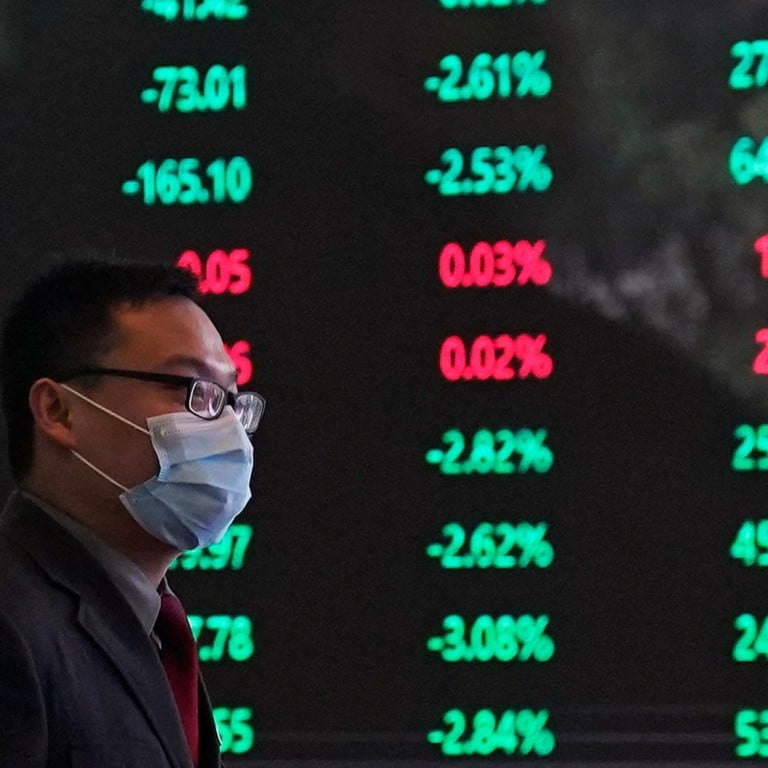
China stock market: state buying of shares has become more frequent and will support rebound towards year-end, Goldman Sachs report says
- ‘The ‘National Team’ buying helps reinforce our view that Chinese equities could stage a recovery rally towards the year-end,’ Goldman said in a report
- The top five exchange-traded funds favoured by the National Team surged by US$12.3 billion in net subscriptions in August, it said
It reached its conclusion based on indicators such as the trading patterns of key holdings by state-linked entities, inflows into selected index-based exchange-traded funds (ETFs) and insider buying of shares in state-owned enterprises (SOEs), analysts including Si Fu and Kinger Lau explained in the report.
The top five ETFs favoured by the National Team surged by 90 billion yuan (US$12.3 billion) in net subscriptions in August, it said.
Chinese stocks have remained sluggish even after a barrage of supportive measures to bolster economic growth and prop up equities, including the loosening of restrictions on property purchases and a cut in the stamp duty payable on stock market transactions. Investors, particularly global fund managers, are doubtful about whether these piecemeal measures can sustain a recovery in growth.
A sell-off by overseas investors continued for a second straight month in September. The CSI 300 Index of yuan-traded stocks has dropped about 6 per cent this year.
The National Team is estimated to have amassed holdings of onshore stocks that are equivalent to 3.5 per cent of the total market capitalisation, or about 2 trillion yuan, according to Goldman.
Strategically, China’s onshore stocks remain the preferred choice for equity allocation over their offshore counterparts, because of their lower sensitivity to geopolitical tensions and overseas liquidity flows, and better sector alignment with policy tailwinds, according to Goldman.
“The most effective tool to stabilise asset prices, revive investor confidence and to cut out the [last remaining] systemic risk embedded in asset valuations has been outright equity purchases by the government (or sponsored entities), often in substantial scale and with government/central banks acting as a last resort in terms of liquidity and funding provision,” Goldman said in the report.


